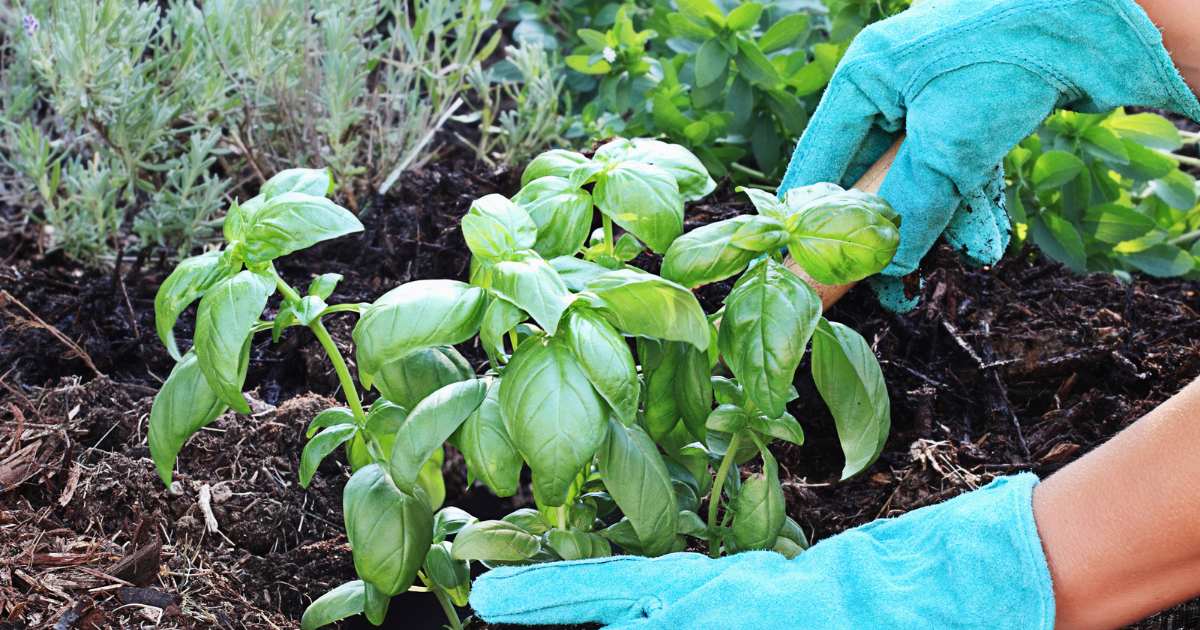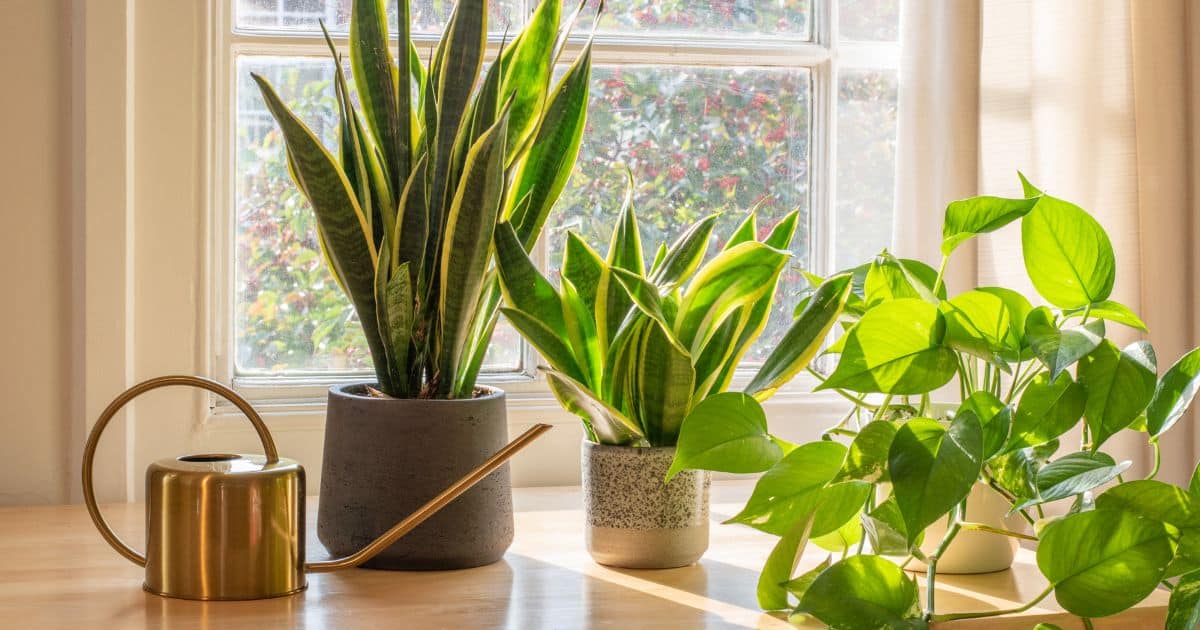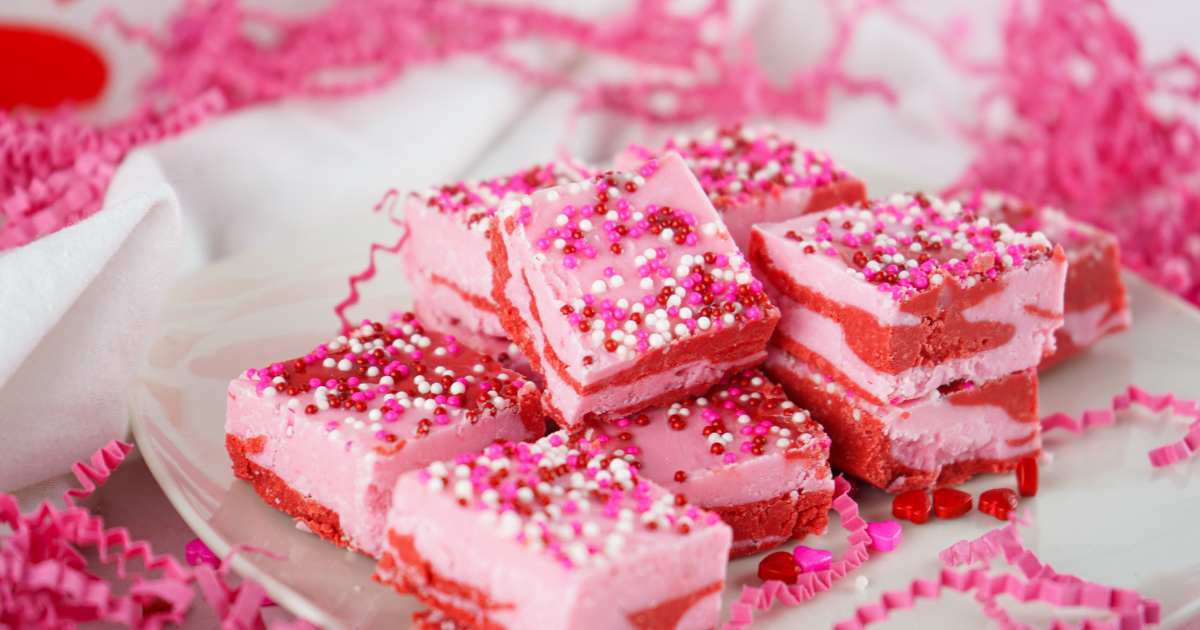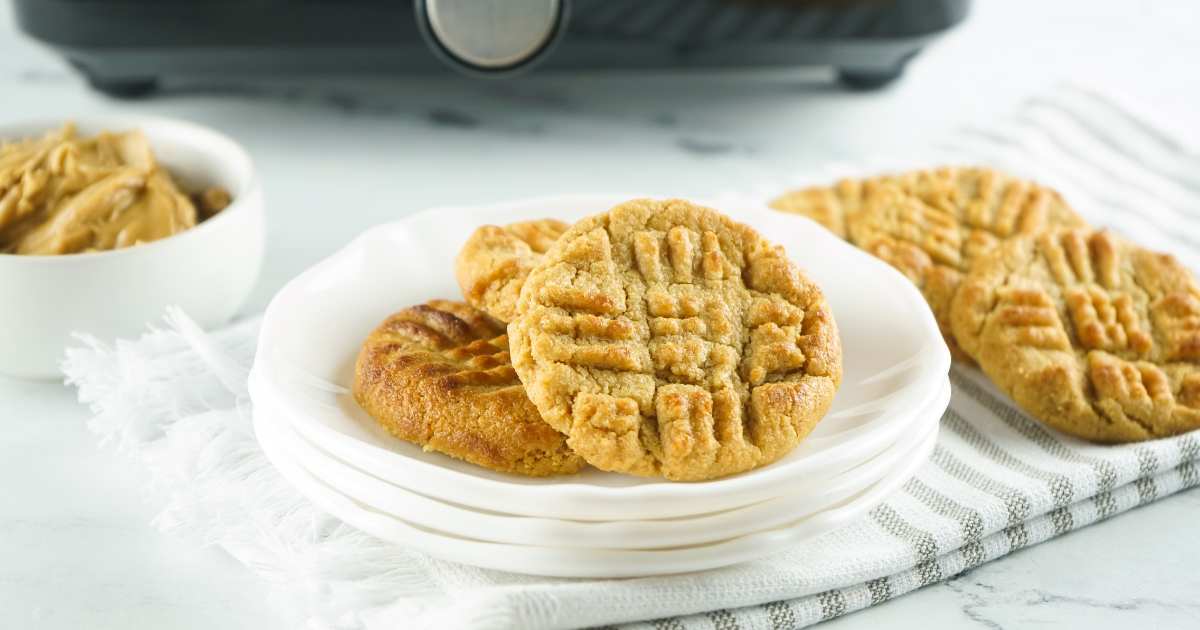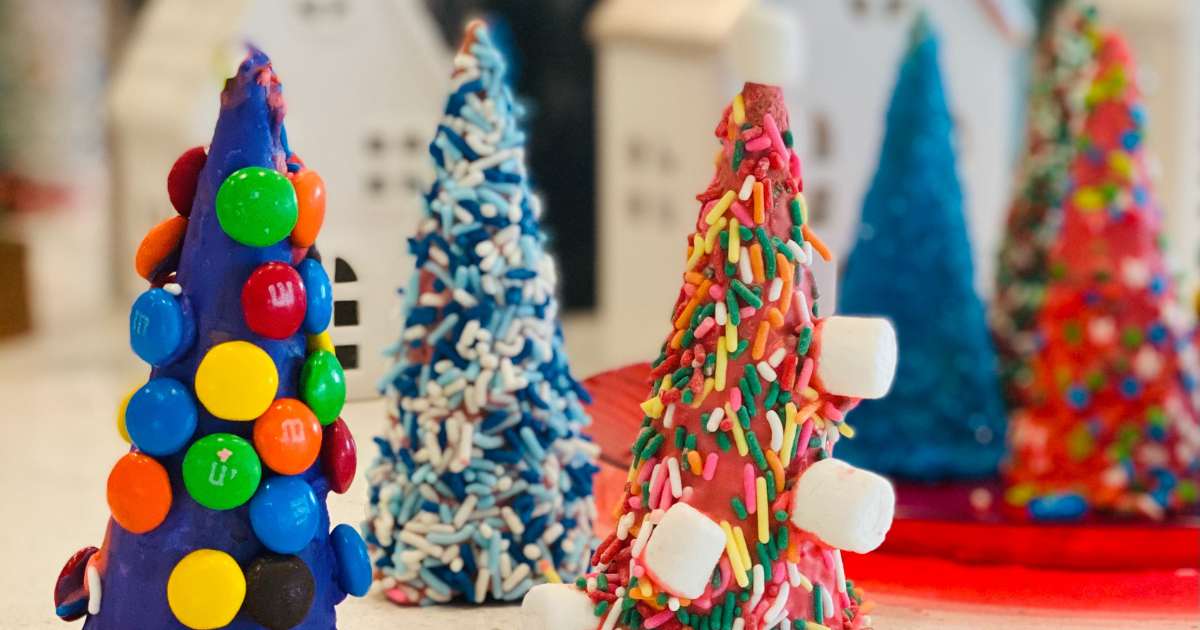Your Ultimate Guide to Dwarf Fiddle Leaf Fig Plants
The fiddle leaf fig has long been a favorite among indoor plant lovers, admired for its glossy, green leaves.
But when space is at a premium, the dwarf fiddle leaf fig plant is the answer.
With the same beauty of taller fiddle leaf figs but in a compact form, this plant is perfect for apartment dwellers, offices, and small nooks needing a splash of life!
In this Ultimate Guide to Dwarf Fiddle Leaf Fig Plants, you will discover insights and care tips to ensure your dwarf fiddle leaf fig thrives.
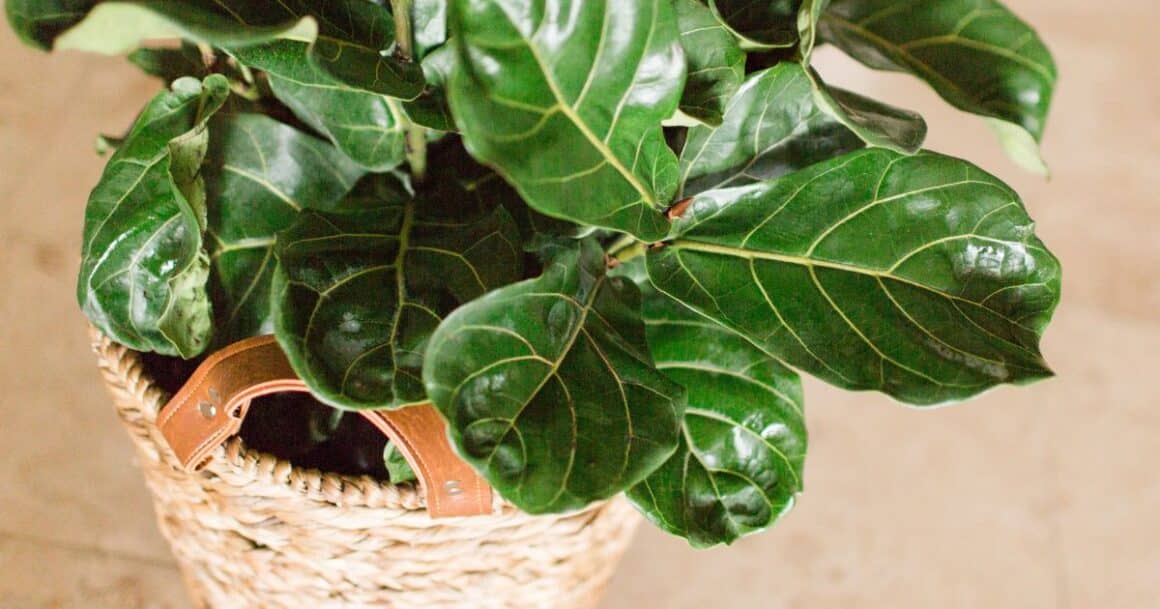
The Ultimate Guide to Dwarf Fiddle Leaf Fig Plants
The Ficus Lyrata ‘Bambino’, known as the dwarf fiddle leaf fig, is a delightful variation of the popular standard fiddle leaf fig plant. (Ficus Lyrata)
Dwarf fiddle leaf figs belong to the Moraceae family, the same as its larger counterpart, the standard fiddle leaf fig (Ficus lyrata).
What is a Dwarf Fiddle Leaf Fig Plant?
Like the standard fiddle leaf fig, the dwarf variety fiddle leaf fig is a tropical plant native to West Africa, where it thrives in lowland tropical rainforests.
This gorgeous plant brings the beauty of the larger fiddle leaf fig to spaces that can’t accommodate a full-sized tree.
As the name suggests, the dwarf fiddle leaf figs are smaller than regular fiddle leaf figs, typically reaching a height of 3-5 feet when grown indoors, whereas the standard fiddle leaf fig can grow up to 10 feet indoors.
Although bambino leaves tend to be more petite than regular fiddle leaf fig leaves, the dwarf version has the same glossy dark green leaves as the standard fiddle leaf fig plant.
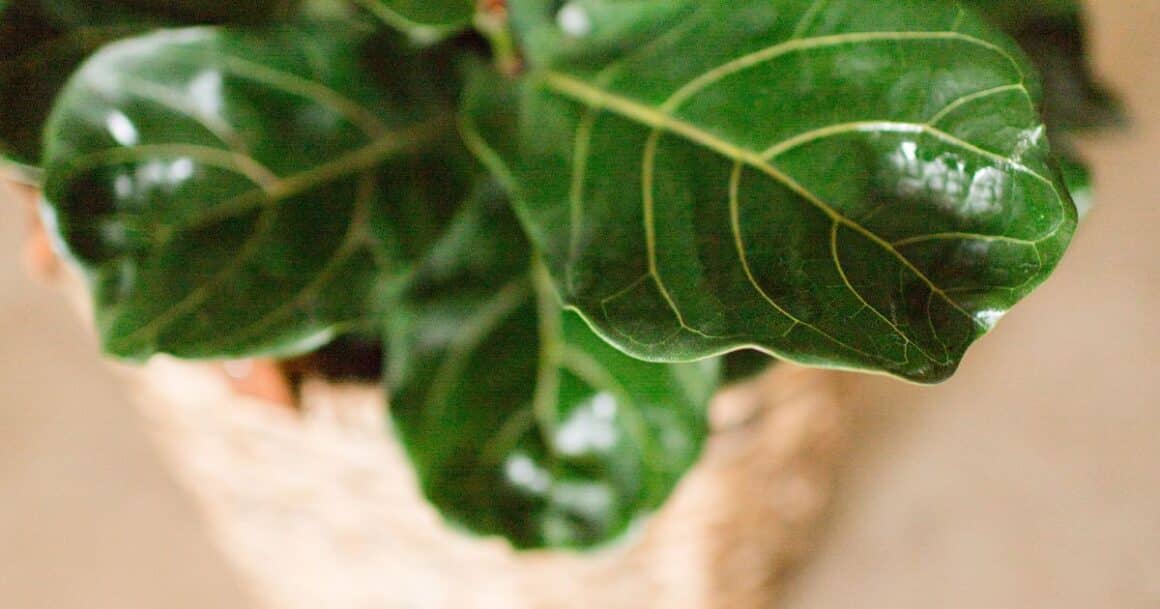
I Love Fiddle Leaf Figs & Fiddle Leaf Fig Dwarf Plants.
Standard Fiddle leaf figs and dwarf fiddle leaf figs are both admired by plant enthusiasts for many reasons.
Benefits of fiddle leaf figs and dwarf fiddle leaf figs:
Aesthetic Appeal
With their large, glossy dark green leaves, fiddle leaf figs are often considered statement pieces in interior décor, adding life and elegance to living and office spaces.
Air Purification
Like many indoor plants, fiddle leaf figs are believed to help purify the air by removing common indoor pollutants through a process called phytoremediation. (source)
Increase in Humidity
Plants, through a process called transpiration, release water vapor, which can increase the humidity of indoor spaces. (source)
Improve Mental Well-being
Caring for plants, including fiddle leaf figs, can be therapeutic. Interacting with plants can reduce stress, anxiety, and depression, promoting well-being. (source)
Enhanced Productivity and Concentration
Studies have shown that having plants in working spaces can boost productivity, increase concentration, and improve overall cognitive function. (source)
Noise Reduction
While this might come as a surprise, large-leaved plants like the fiddle leaf fig can help reduce noise pollution, making indoor spaces more serene. (source)
Connection to Nature
Especially in urban settings where greenery is limited, having indoor plants like the fiddle leaf fig can offer city dwellers a much-needed connection to nature.
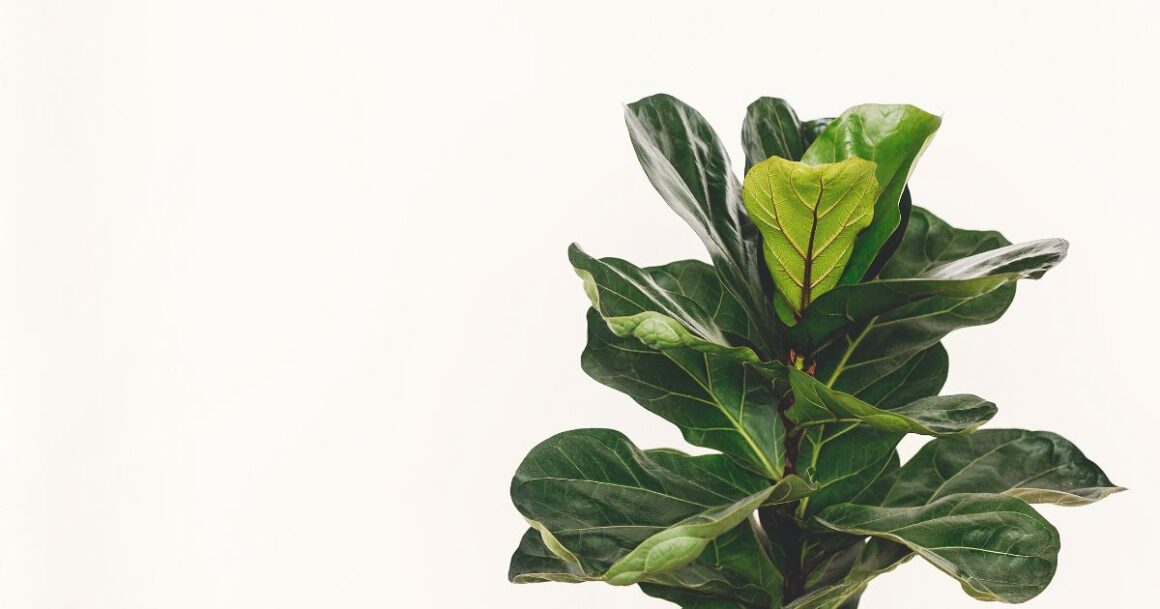
How to Take Care of a DwarfFiddle Leaf Fig (Bambino Fiddle Leaf Fig)
1. Home sweet-home
Ficus lyrata ‘Bambino’, is more than just a plant; it’s a statement piece. To ensure your Ficus lyrata ‘Bambino’ thrives, finding the perfect spot in your living space is essential.
Room Temperature
The fiddle leaf fig tree prefers cozy, not too hot or cold temperatures.
Aim to keep its living space between 65°F and 75°F (18°C to 24°C) during the daytime and no less than 50°F (10°C) at night.
Avoid placing plants in drafty areas or high-traffic areas. A fiddle leaf fig does not like to be touched.
Get the Light Right
Let’s talk sunlight. The dwarf fiddle leaf fig loves to bask in bright, indirect light. (full sun will Think of placing it near a bright window where the sunlight is filtered, possibly through a sheer curtain
I put my fiddle leaf fig plants in an east-facing window or south-facing window whenever possible, with great success.
But avoid intense midday or afternoon sun; they’re a bit too harsh. If you notice it starting to lean towards the light, rotate it every once in a while for even growth.

Add Some Humidity
As a tropical plant, this fig feels right at home with high humidity. The optimum humidity level for it lies between 50% to 65%.
If you’re in a dry climate or it’s the winter season, consider using a humidifier in the room or placing a tray filled with water and pebbles near the plant.
Related article: The best humidifiers for Indoor Plants
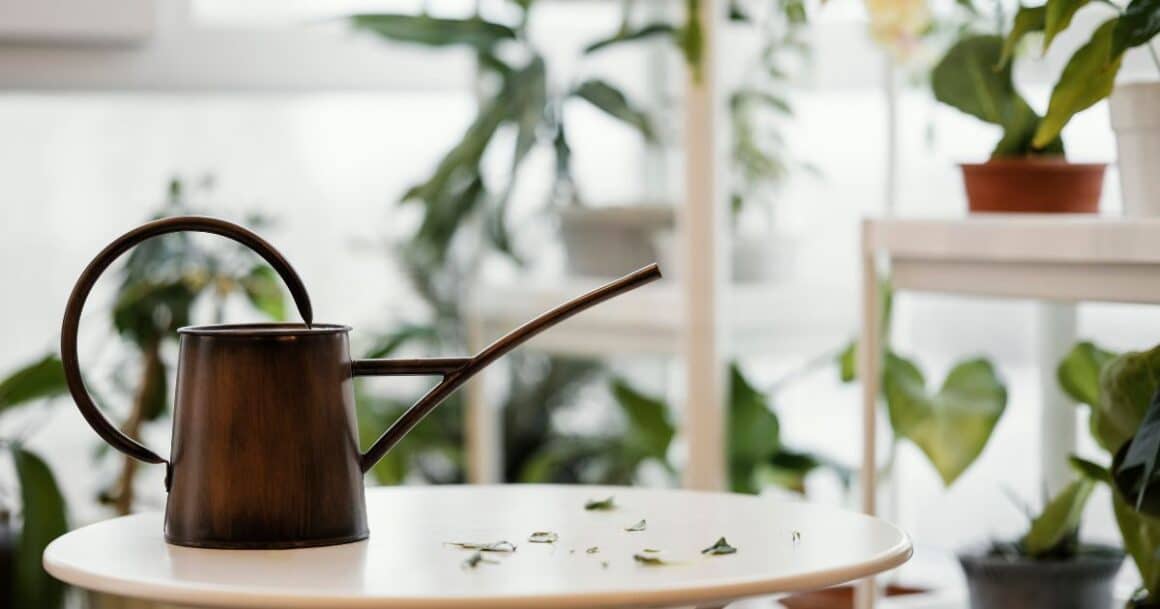
2. Watering Your Dwarf Fiddle Leaf Fig
Getting the water right is both an art and science when it comes to the dwarf fiddle leaf fig.
Tropical plants love a good drink, but it’s also wary of getting their feet too wet. 🙂
Here are some tips for getting the water right:
Consistency is key.
Unlike some plants that stick to a strict water schedule, the dwarf fiddle leaf fig asks you to be a bit intuitive.
Typically, you’ll want to water when the top inch of the soil feels dry to the touch. Depending on your home’s conditions, this might occur once a week or less frequently.
Related article: The Best Plant Care Apps
Water quality
Rainwater or spring water is best. Water should be at room temperature water.
Related article: The Best Water for Houseplants
Watch for Overwatering
If you start noticing yellowing leaves or that your fiddle fig is dropping leaves, you could be overwatering.
On the flip side, it could use more water if the plant’s leaves have brown spots or crispy edges.
Seasonal Adjustments
Like us, plants have seasonal moods.
In winter, the dwarf fiddle leaf fig slows its growth and uses less water.
So, in these cooler months, reduce your watering, ensuring the water has thoroughly dried out between sessions.
Drainage is Key
Always ensure your pot has proper drainage holes.
Sitting in stagnant water is a surefire way to get root rot, which is as grim as it sounds.
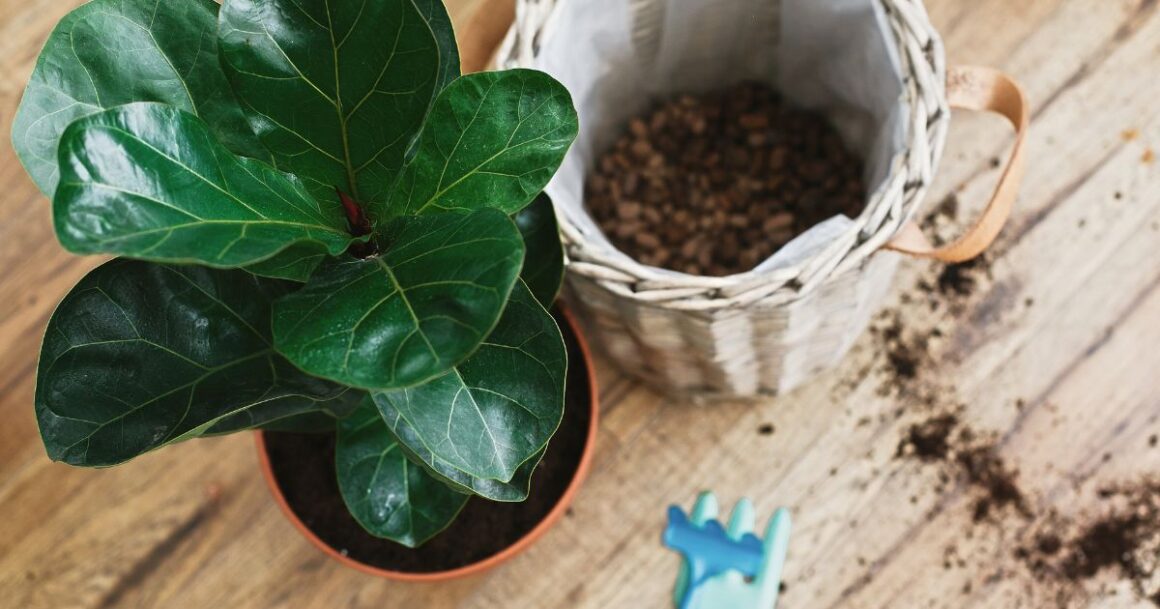
3. Give Your Bambino Fiddle Leaf Fig Good Soil
Bambino fiddle leaf figs prefer well-draining soil. When repotting, use a good quality Potting Mix containing peat and perlite.
Remember: fiddles do not like overly moist soil, so ensure your new pot has drainage holes to prevent root rot.
4. Prune Fiddle Leaf Fig Leaves
Pruning is essential, whether the classic fiddle or the dwarf variety, to help maintain the plant’s shape, promote new growth, and keep it healthy.
Always remove damaged, yellowing, and lower leaves that have seen better days to encourage new growth up top.
If your plant outgrows its space, you can prune the main stem at the top and propagate it.
Related articles: How to Propagate Plants in Water + How to Propagate a Fiddle Fig Plant
5. Feed Your Dwarf Fiddle Leaf Fig
Use good quality plant food. Once per month during peak Growing Season (Spring and Summer) and every other month during winter.
I use this and this fiddle fertilizer with wonderful results.
Related article: The Best Fertilizers for Houseplants

6. Repot as Necessary
Typically, the dwarf fiddle leaf fig will need repotting every 1-2 years.
7. Keep Leaves Clean
For your dwarf fiddle leaf fig to truly shine, keeping its glossy green leaves clean is essential.
A simple monthly wipe-down with a soft, damp cloth can work wonders.
Starting with the lower leaves, gently wipe towards the tip, supporting the leaf with your other hand.
I use this Leaf Shine product on my houseplants and love it!

FAQs: How to Take Care of a Dwarf Fiddle Leaf Fig Plant
I’ve heard that fiddle plants are extremely difficult to grow. Is that true?
Fiddle leaf figs have a reputation for being somewhat finicky, but it’s a bit overstated.
While they have specific care requirements and can be sensitive to environmental changes, they’re manageable with consistent care and understanding of their needs.
Many people find them challenging due to a lack of knowledge about their care needs. While they require attention, they’re not impossible to grow successfully.
Q: Where is the best place to buy dwarf fiddle leaf figs?
The best place to buy a dwarf fiddle leaf fig—or any plant—often depends on your location, preference for in-person shopping versus online, and specific requirements such as plant size or potting options.
Here are some general suggestions:
Local Nurseries & Garden Centers: I love buying my plants from local nurseries when possible. Supporting local businesses is always great. These places often have knowledgeable staff that can offer care advice.
Home improvement stores: Home Depot, Lowe‘s, and Walmart have many houseplants at excellent prices.
Online Retailers: You can purchase live houseplants on Amazon, The Sill, or Bloomscape (to name a few)
Q: How big do dwarf fiddle leaf figs get?
Dwarf fiddle leaf figs typically reach 3-5 feet when grown indoors.
Q: How do I know I’m getting the water right?
- Soil Moisture: The top inch of soil should be dry before giving more water.
- Leaf Indicators: Drooping, yellow, or dropping leaves can signal overwatering, while brown, crispy edges might indicate underwatering.
- Use a water meter: A soil moisture meter can be invaluable. Simply stick it into the soil, and it’ll tell you how moist the soil is, helping you gauge when to water.
Q: I heard fiddle leaf plants require bright light. Is that true?
They do love bright light, but it needs to be indirect light. Your plants will let you know if you’ve got the lighting wrong.
If you notice a plant turns towards the light, displays leggy growth, or shows small and slow new growth, the plant needs more sunlight.
Additionally, dull spots or dark patches on the leaves and yellowing or leaf drops further indicate insufficient light.
On the other hand, brown spots or crispy brown edges on the leaves are indicators that the plant is receiving too much light.
Conclusion How to take care of a Dwarf fiddle leaf fig
In closing, the Dwarf Fiddle Leaf Fig is a gorgeous plant and is an excellent addition to any space.
Whether you’re a seasoned plant enthusiast or just beginning your journey as a plant parent, success with the dwarf variety fiddle plant is within reach.
If you are considering bringing a new fiddle fig baby home, be sure to follow the care tips outlined—like placing your plant in an ideal spot away from drafts, with indirect sunlight, and maintaining a consistent water schedule to avoid over or under-watering mishaps, coupled with monthly feedings— you’re sure to cultivate a thriving relationship with your new dwarf fiddle leaf fig. 🙂
Happy indoor gardening!

I’ve been keeping it real since 1963. 😊
I’m a child of God, devoted wife, proud mama and grandma, full-time creative, domestic engineer, and passionate self-care enthusiast.
I’m purpose-driven and do my best to live each day with intention—whether shopping for treasures, painting in my art studio, digging in the garden, or cooking up something yummy for my family.
I’m always up for a good chat and love collaborating with fellow creatives and brands.
Let’s connect—don’t be shy!
